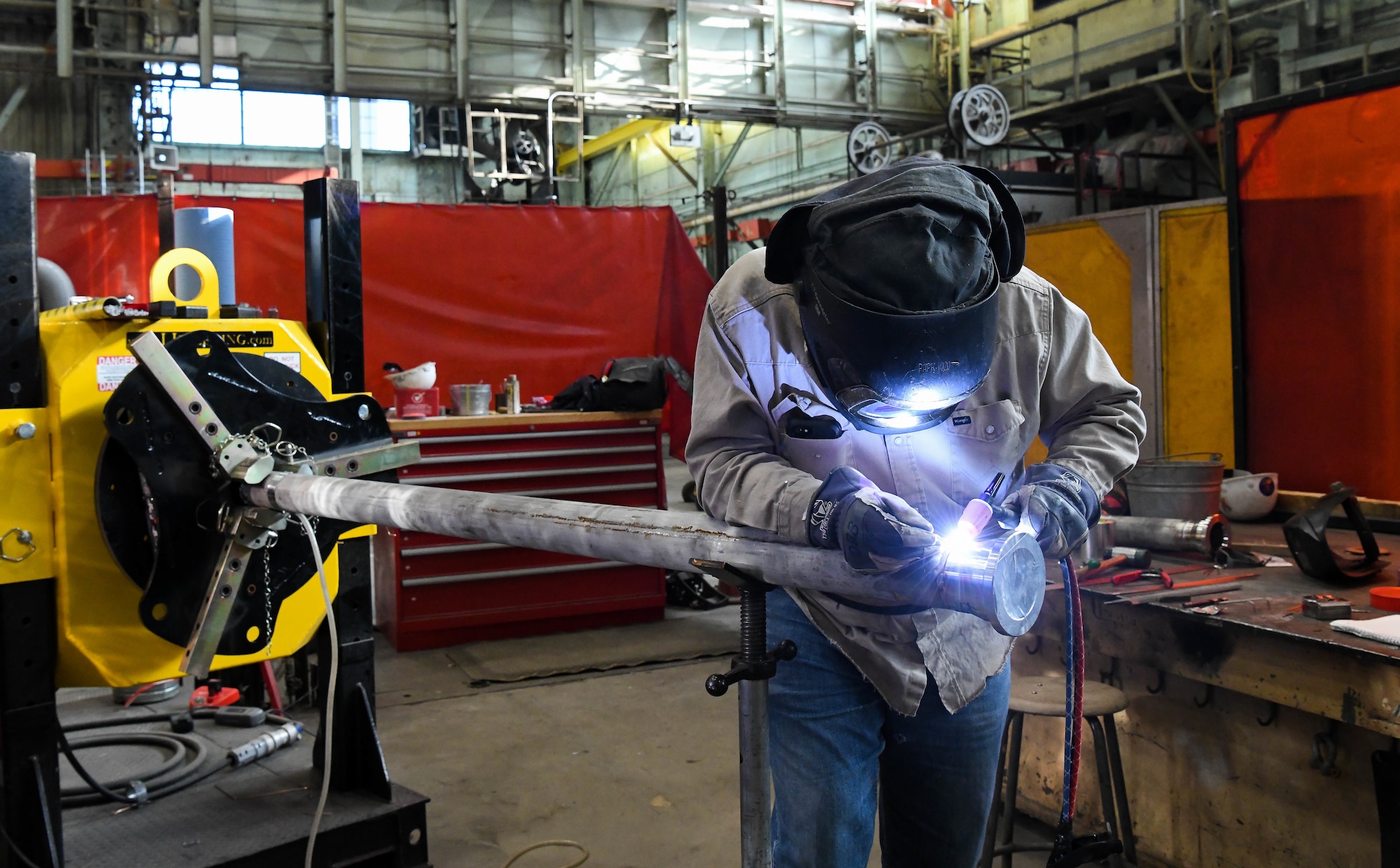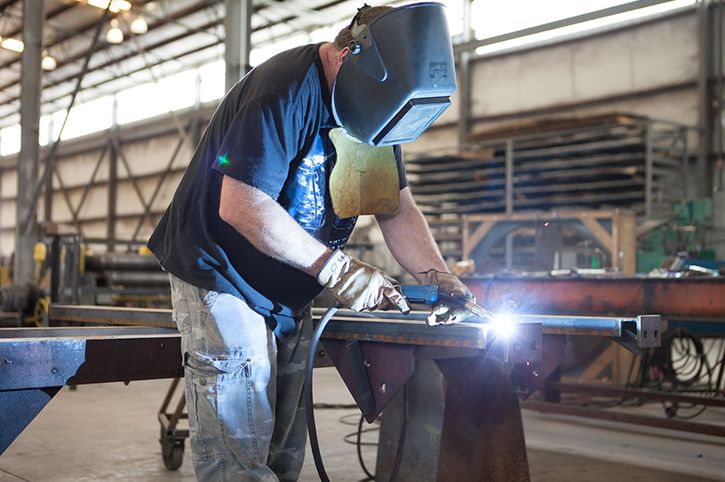The Ultimate Overview to Welding WPS Procedures: A Comprehensive Summary for Welders
In the detailed world of welding, Welding Treatment Requirements (WPS) offer as the foundation of making certain top quality, consistency, and safety in welding operations (welding WPS). As we delve into the different elements of a WPS and explore the complexities of certification and accreditation, we will uncover the vital duty these treatments play in the realm of welding.
Importance of WPS Procedures
Understanding the importance of Welding Procedure Requirements (WPS) treatments is vital for guaranteeing the high quality and honesty of welded frameworks. WPS treatments offer as a roadmap for welders, describing the required steps, specifications, and products needed to accomplish a sound weld. By sticking to WPS guidelines, welders can ensure uniformity in their job, causing dependable and structurally audio welds.
One of the key reasons WPS treatments are necessary is their function in maintaining weld top quality and integrity. Adhering to the defined welding parameters and strategies detailed in the WPS helps protect against flaws such as porosity, cracking, or insufficient fusion, which can jeopardize the strength and longevity of the weld. Furthermore, WPS treatments are important for ensuring conformity with sector standards and codes. By complying with well established WPS guidelines, welders can demonstrate that their job meets the essential requirements for safety and security and high quality, giving assurance to customers, inspectors, and regulative bodies. Basically, the importance of WPS treatments can not be overstated, as they are essential to achieving constant, high-quality welds that meet market requirements and requirements.

Elements of a WPS
A Welding Treatment Spec (WPS) usually comprises vital components that information the particular demands for implementing a weld, guaranteeing uniformity and high quality in the welding procedure. The essential components of a WPS consist of important variables such as base metals, filler steels, preheat and interpass temperatures, welding processes, securing gases, welding positions, and post-weld warmth treatment demands.
Base steels describe the products being signed up with, while filler steels are utilized to load the space in between the base steels during welding. Preheat and interpass temperature levels are important for controlling the warmth input and avoiding concerns like fracturing or distortion. The welding procedure outlines the certain technique to be made use of, whether it's gas metal arc welding (GMAW), secured metal arc welding (SMAW), or an additional approach. Shielding gases safeguard the weld pool from atmospheric contamination. Welding settings specify the positionings in which welding can be executed. Post-weld warm therapy may be required to ease stresses and enhance the weld's residential or commercial properties. A detailed understanding of these elements is critical for creating a detailed and reliable WPS.

Qualification and Accreditation
Having actually developed the crucial elements of a Welding Procedure Requirements (WPS), the emphasis resource currently shifts towards the critical aspects of qualification and certification in welding techniques.

Certification, on the various other hand, is the official recognition of a welder's certifications by a pertinent accreditation body or company. Welding certifications are normally based upon the particular welding procedures, products, and positions a welder is qualified to collaborate with. Holding a valid welding accreditation shows that a welder fulfills industry requirements and is competent to carry out welding jobs to the called for specifications.
Producing a WPS
To develop a Welding Procedure Specification (WPS) that meets industry standards, careful factor to consider of welding procedures, products, and functional specifications is necessary. The very first step in producing a WPS is to determine the welding process to be used, such as gas steel arc welding (GMAW) or secured steel arc welding (SMAW)

Implementing and Keeping Track Of WPS
Upon settling the thorough Welding Treatment Requirements (WPS) that meticulously details welding processes, materials, operational parameters, and quality control steps, the focus shifts to efficiently executing and keeping track of the recognized procedures. Implementation involves guaranteeing that all welders involved in the project are familiar with the WPS and follow it meticulously throughout the welding procedure. This needs supplying appropriate training and supervision to guarantee adherence to the defined treatments. Monitoring the WPS Check Out Your URL includes constant oversight to validate that welding tasks straighten with the recorded specifications. Evaluations, testing, and high quality control steps are vital components of the surveillance procedure to identify any variances or issues immediately. Routine audits and reviews of the welding treatments help in maintaining consistency and quality throughout the job. Reliable application and monitoring of the WPS are vital for ensuring the integrity, toughness, and security of the welded joints, inevitably contributing to the total success of the welding job.
Verdict
In conclusion, understanding and complying with Welding Treatment Specifications (WPS) is vital for welders to guarantee official site high quality, consistency, and safety and security in their job. By knowing the elements of a WPS, acquiring correct qualifications and accreditations, producing thorough procedures, and applying and monitoring them effectively, welders can improve their abilities and effectiveness in welding techniques. Abiding by WPS procedures is necessary for creating top quality welds and meeting market standards.
In the intricate world of welding, Welding Treatment Requirements (WPS) serve as the backbone of making sure high quality, consistency, and safety in welding operations. The welding process lays out the certain method to be used, whether it's gas steel arc welding (GMAW), shielded metal arc welding (SMAW), or an additional approach.To establish a Welding Treatment Specification (WPS) that satisfies sector requirements, careful consideration of welding processes, materials, and operational parameters is important. The first step in developing a WPS is to recognize the welding procedure to be utilized, such as gas metal arc welding (GMAW) or shielded metal arc welding (SMAW)Upon finalizing the extensive Welding Procedure Spec (WPS) that carefully details welding procedures, products, operational specifications, and quality assurance actions, the emphasis moves to effectively implementing and monitoring the well-known treatments.